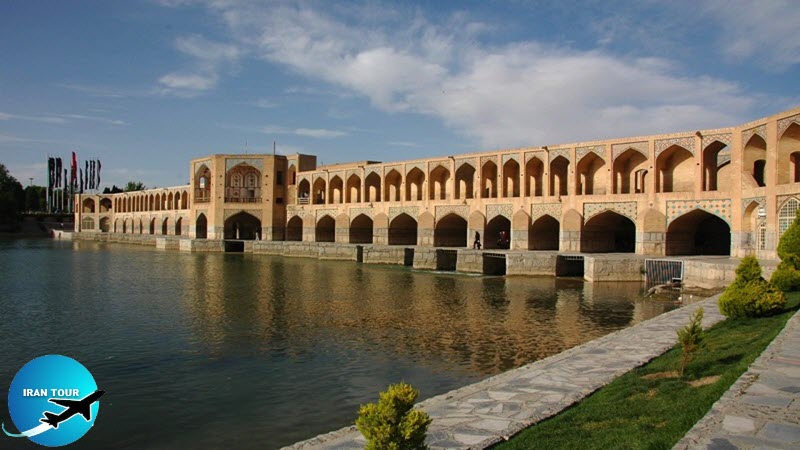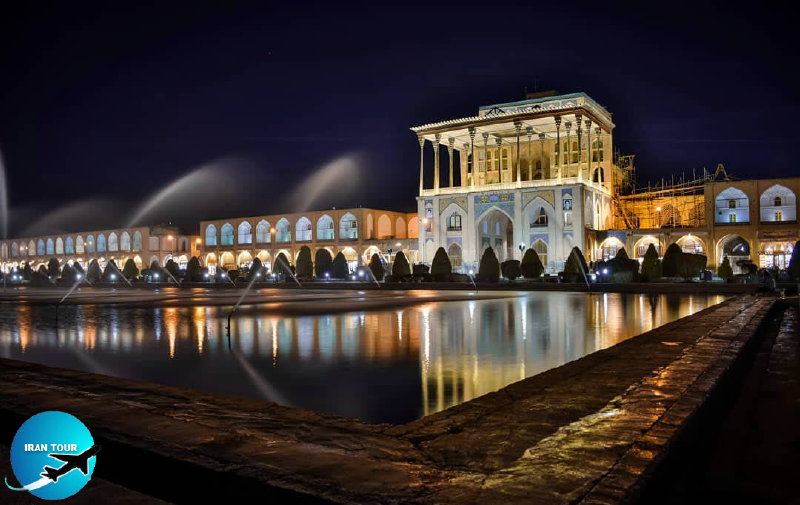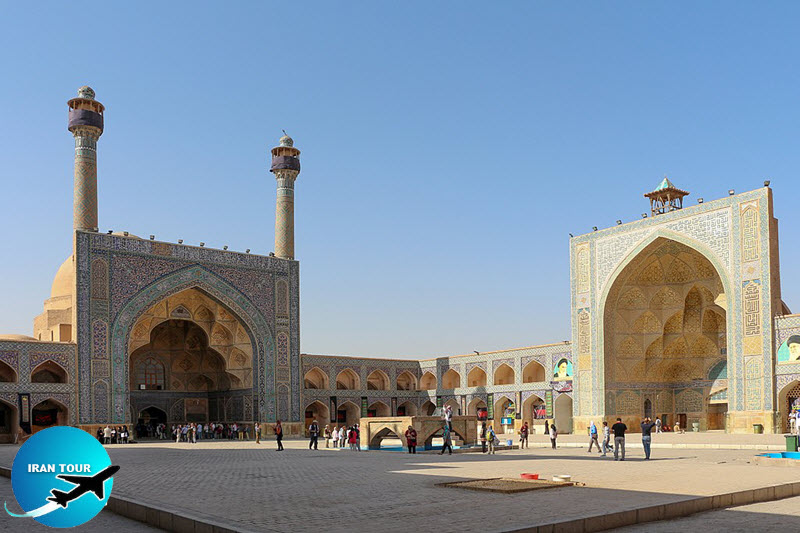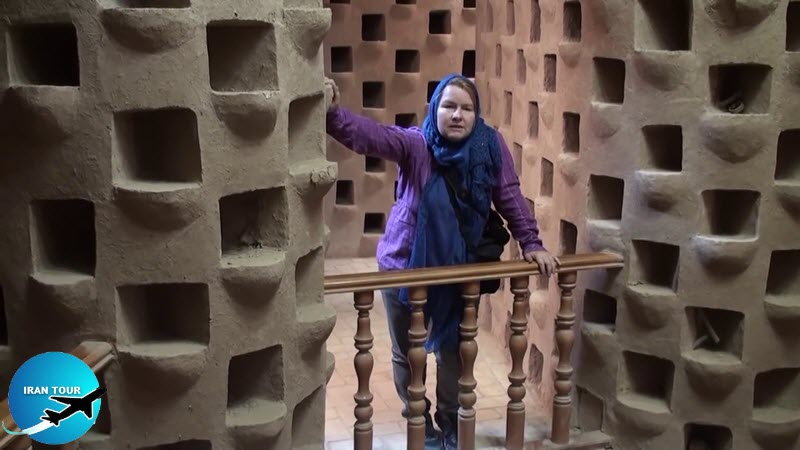All About Isfahan Briefly
Esfahan shines brilliantly in the galaxy of the world's famous art cities. In Iran and beyond it, the name Esfahan is uttered as sweetly as the word love. Esfahan looks after its visitors patiently and kindly. It shines from its old quarter of Jubareh to its Safavid dynasty treasures. This wonderful treasure house of art and architecture lying beside the life-giving river (Zayandeh Rud) delights all who travel to Esfahan. The city takes pride in its artisans who have, with the land and the river shaped this historic gem.
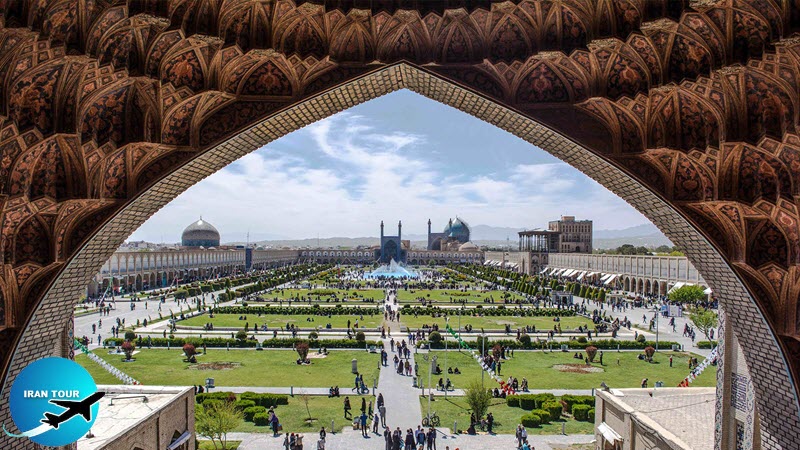 |
Esfahan has had a great impact on the history of Iran and a collection of well-known masterpieces of art remains in the city. Touring around Esfahan, one enjoys seeing mosques, churches, synagogues, and Atashkadehs, along with palaces, bridges, and magnificent gardens, domes, and minarets. Esfahan is a world-renowned city where it is easy for visitors to find their way around. It is just as simple as opening a window onto the past and finding there before you a capital enriched with art revealing its treasures to delight the visitor.
Some famous visitors have likened Esfahan to Paradise and it is easy to see why. The city itself is a masterpiece of art and nature. There are enchanting and delightful gardens full of roses, Naqsh-e Jahan Square and its magnificent mosques, the Dardasht Quarter and the old Masjed Jame, the Armenian Quarter of Jolfa(Julfa) with its beautiful churches, Chahar Bagh Avenue and its unique crossways, and of course, the Zayandeh Rud and its enchanting bridges; these are just some of the convincing reasons for immersing in the unique wealth of Esfahan and it's glorious past.
Esfahan County with a total area of 16,110 sq. km, and a population exceeding 1.7 million people, extends towards the south with a longitude of 51° 39' 40" E and a latitude of 32° 38' 30" N. The borders of the city reach the Zagros Mountain range to the west and southwest and arid and semi-arid areas to the north and east. The highest mountains include Seyyed Mohammad (2,450 m), Mahmud Abad (2,100 m), and Atashgah (1,715 m) in the west, Kolah Ghazi (2,530 m), and Sofeh (2,240 m) in the south.
Esfahan City alone covers 250 sq. km. Esfahan's four seasons make it an ever-changing destination for travelers. Rainfall is not abundant in Esfahan ranging from 100 to 150 mm annually, mainly in the spring and autumn. Between one and three times every year, the face of the city is transformed by a covering of snow. The city is 1,575 m above sea level and this plays an important role in moderating the weather conditions. The number of freezing days in a year hardly exceeds 10 days. This could be why some travelogues claim the weather to be the healthiest in the land saying that "if a healthy man enters that land he won't get ill and if a sick person goes there, he will regain his health".
Esfahan is one of the oldest cities in Iran;
Initially, it was the natural and geographical virtues that attracted the Aryans to adopt this place for their settlement. In the Arsacid and Sassanid eras, it had been the royal state center or Paduspan and a base for the Persian army. As mentioned before the word Esfahan is taken from Aspahan or Sepahan which means the city of horsemen. During Arab domination, there were at least two original quarters, Jubareh was the Jewish, and Gey or Jey the Zoroastrian. Esfahan City in the early Islamic period was gradually extended from the Jubareh Quarter to its present-day location. Along with the extension of the Jubareh Quarter and the gradual formation of new quarters around this district, the old Jey had begun to lose its previous dignity by the 11th century. Now only remains and inscriptions show how Jey once was. In the Buyid dynasty era, rulers paid close attention to Esfahan and as a result, some buildings were constructed. Esfahan flourished in the Seljuk period and has ever since been selected as the capital. The flowering of Esfahan peaked in the reign of Malikshah (1072-1092) and his minister Khajeh Nezam ol Molk. Soon the construction of Seljuk Square, the state citadel (royal palaces), and the Masjed Jame with its neighboring chain-shaped bazaar completed the main foundations of the city.
 |
Due to the need for growth and development, new quarters were added to the city and expanded the city northward and southward. A good example is the northern part is the Toghchi Quarter which was built as the residence of high-ranking officials and the rich. At the end of this period, fortification was built around the city in order to increase the security of the capital of the great Seljuk dynasty. The population of the city was around 200,000 during this period.
The round-shaped city with a diameter of 1.5 to 2 km was centered on the Masjed Jame and Seljuk Square. All the domestic residences were in this area. The water supply was from Maadies branching from Zayandeh Rud that flowed from the southwest to the northeast. Masjed Jame. arg, meidan, and bazaar made the main axis of the city, and all the quarters were formed around it. The city gradually became a Sunni center in the center of Iran. Amongst the four Sunni factions, Hanafies formed the majority although Esfahan was known as a Shafi'i City since they held most of the power. This religious contradiction resulted in geographical separation as well. The city was divided into six quarters in the mid-12th century with Hanafies and Shafi'ies residing in Jubareh and Dardasht respectively. The other quarters were Lonban, Baghkaran, Chonbalan, and Karran, which were inhabited by other religious minorities.
Since there was no single religious faction in the city, occasionally there were some conflicts, killings, and destruction. Seljuk! kings were Hanafi and made their best effort to support and promote themselves, but the prime ministers, such as Nezam ol Molk, were Shafi'ies and had influence and power. The first well-known war between Hanafies (Saedian) and Shafi'ies (Khojandian) occurred in 1115 when the Shafi'ies suffered severe losses with most of them being killed. In the 1175 eight-day war, a large number of people from both sides were killed. In 1186 and 1189 some other wars happened between the said two religious factions resulting in the destruction of the quarters and the killing of many innocent people. The Khwarezmid ruling era also witnessed these conflicts. In 1231, when the Mongols invaded Isfahan and again in the year 1235 as the Mongols reached the city's gates, Shafi'i and Hanafies were involved in a war. To overcome the Hanafis, the Shafi'ies opened the gates to the city and let the Mongols in, but when the Mongols entered the city they showed no mercy to anyone. The once-flourishing capital city of the Seljuks was turned into rubble by this destructive invasion. The Mongols also killed the famous poet, Kamal Esmaeil. The peace of Esfahan was again disturbed by religious conflict and the resulting massacres. The population of the city was 100,000 in 1228 according to Mu'jam al-Buldan.
Esfahan in the Ilkhanate (12531355) and Muzaffarid (1323-1392) eras experienced a relative calm having survived the previous conflicts only to witness the most terrible event in its history Tamerlane invaded Esfahan on the 7th Muharram 789 (Islamic lunar calendar identical to 5th Feb 1386) and ordered his troops to collect 70,000 heads of those defeated in the war and with these heads he built minarets. Tamerlane's successors decided to reconstruct the damaged city and until the reign of Jahan Shah the Qara Qoyunlu the city survived. It was all in vain; the struggling city was looted and almost destroyed with its population massacred by the army of Jahan Shah. A new chapter was opened in the development of Esfahan when the Safavid dynasty came to power. The new Safavid city was based on the Seljuk pattern and acquired an arg, the Masjed Jame Abbasi, the Naqsh-e Jahan Square, and a Royal Bazaar. The architects then surpassed the Seljuks and constructed a more systematic city with suitable organization and diversity. The collection of royal gardens, palaces, Madresehs, caravanserais, mosques, public hammams, and Assarkhanehs gave a different appearance to the city. The Chahar Bagh Avenue which ran on a north-south axis became a recreational avenue and divided the city into eastern and western parts.
 |
The population of the city was said to be 400,000 at this time and rose, by the end of the Safavid era, to 600,000. The invasion of Ghaljaei Afghans resulted in the destruction of the city yet again and made the former capital of Safavids, the most beautiful city of its time, into ruin and its population decreased to 300,000 by the time that Agha Mohammad Khan the Qajarid came to rule. The Qajar era (1791-1924) provided a series of incompetent rulers with no interest in art and the city suffered badly. In 30 years these enemies of development and art uprooted their monuments leaving no trace. The incompetent ruler of Esfahan at that time was Zel os-Sultan and in his 30 years of reign over this city negligently destroyed numerous monuments and gardens, e.g. Haftdast, Aeinehkhaneh, Namakdan, Jahannama, Talar-e Tavileh, Chaharhoz, Khorshid Portal, Zereshk Garden, and its portal, Farah Abad Palaces, Hezarjarib Garden complex and all its monuments and many others. Even the tall old plane trees of Chahar Bagh Avenue were not safe and they were cut down and sold off. As the city was destroyed, the population fell to some 50,000 by 1878.
Eventually, in 1921, some industries (mostly spinning and textiles) began to revive the city. The beginning of World War II had its own political and social effects on the development of the city, but by the end of the war, Esfahan had started to regain its position. New developments were seen especially around Zayandeh Rud, new routes through the city were built, and some Avenues like Sepah, Taleghani, Sheikh Bahaei, Hafez, and Ahmad Abad were made as early as 1931, and others by 1956. The new routes were needed as the population of the city had already reached 240,000 in 1940. Economic and commercial activities flourished, and government organizations, banks, schools, universities, cultural and educational institutes as well as recreational centers such as cinemas and hotels played an important role in the development of the city. By 1966, about 70% of Esfahan's population was residing in the northern part of Zayandeh Rud and the other 30% were in the southern part and the old quarters that were the most densely populated. In 1977 the population was 660,000 due to the industrialization process that started in the 1940s. The trend for economic, cultural, and artistic developments continued to promote Esfahan as Iran's second-largest city. Esfahan, as it was in the past, is once again the centre of the unique arts and industries of the Islamic world. In describing Esfahan and its tourist attractions Pierre Loti, the famous French author, wrote: "Esfahan is not only a reflection of ancient civilization history but also a reflection of man's creativity. Esfahan is a galaxy, impossible to explore the depth of its beauty and glory”.
After the people's uprising against Zahhak's oppression, he was taken and led to his imprisonment in the mountain by Fereydun's order. Zahhak would be there until the end of time and Garshasb, a descendant of Fereydun would kill him.

